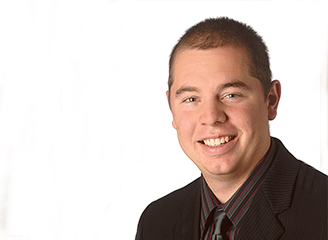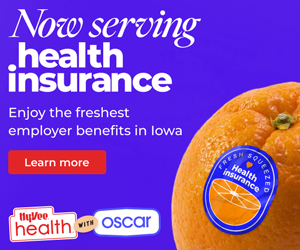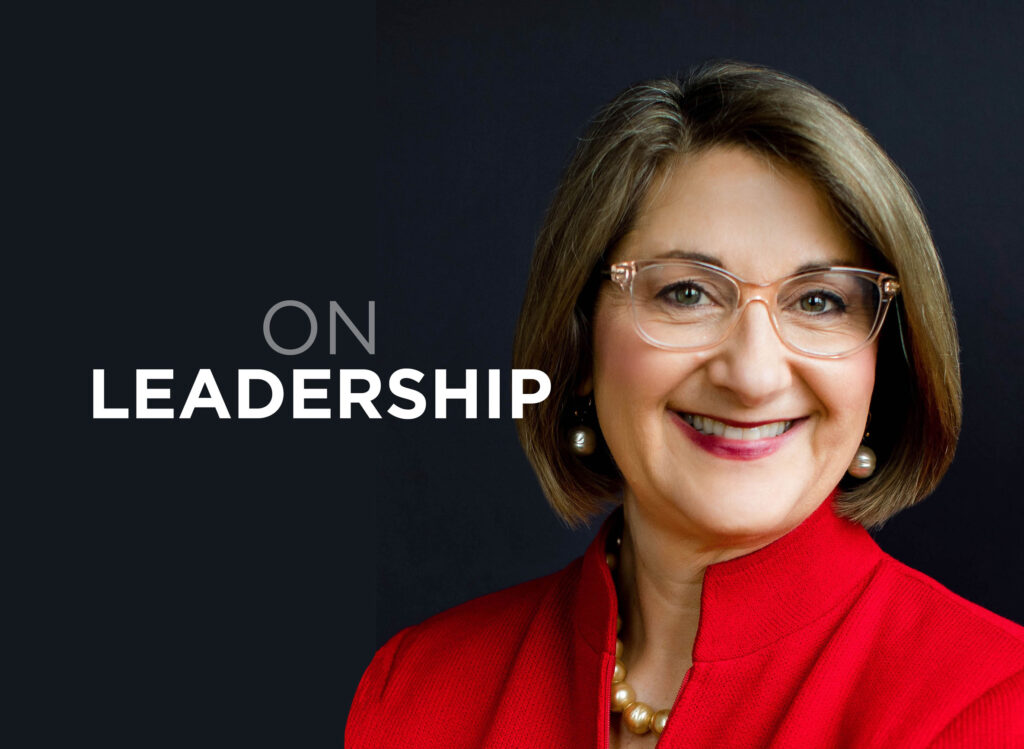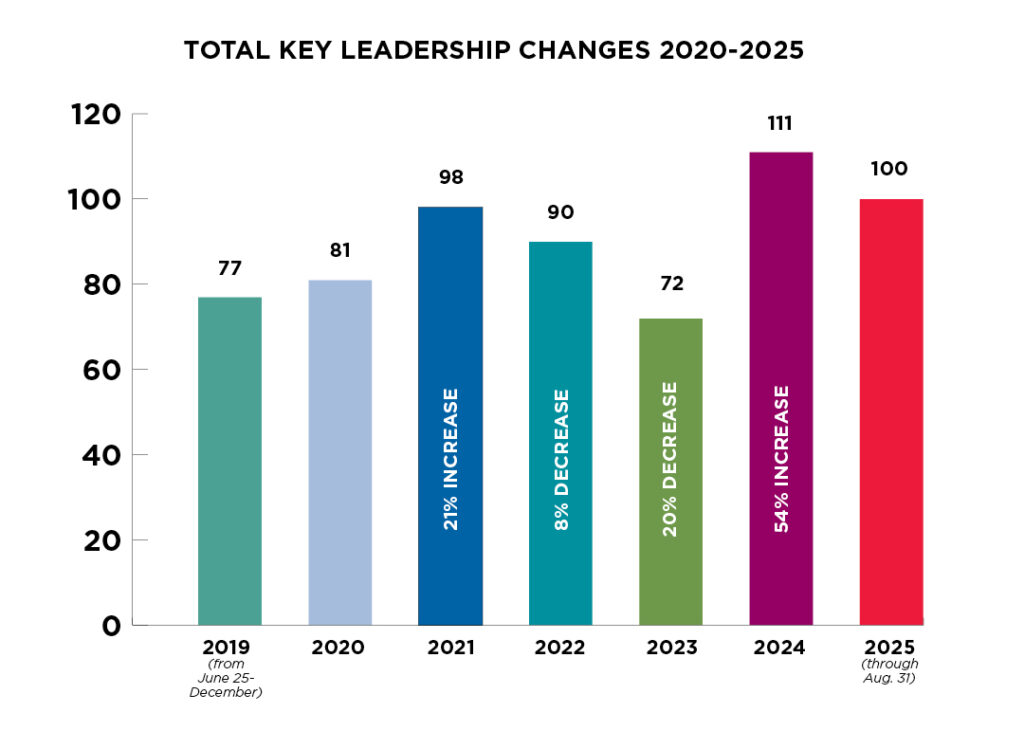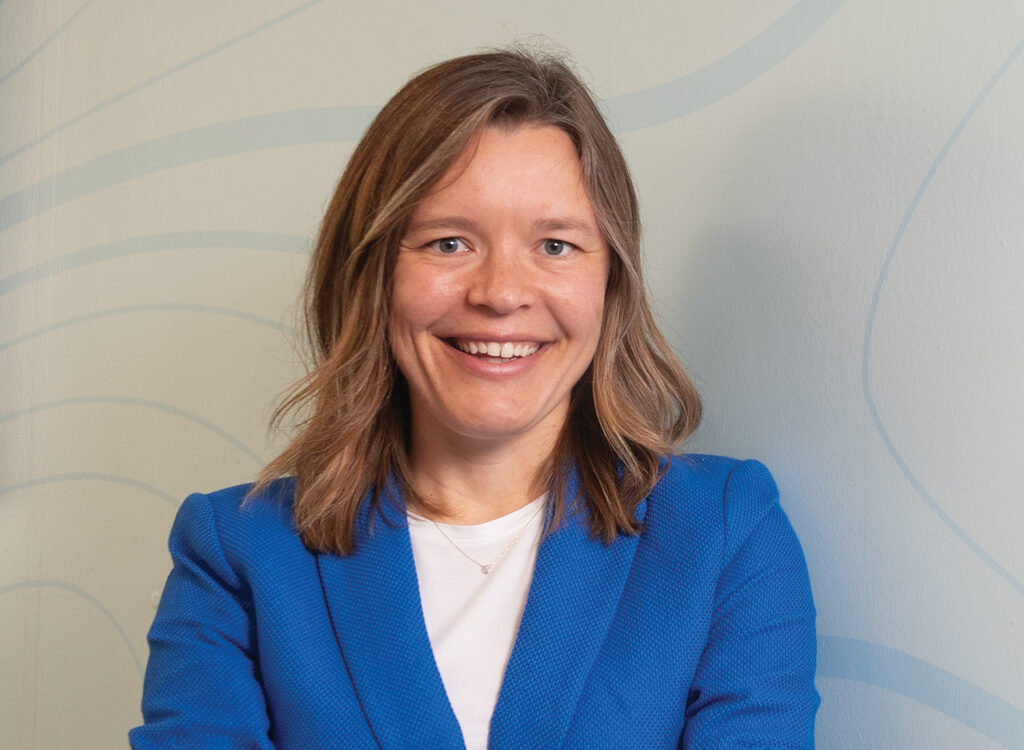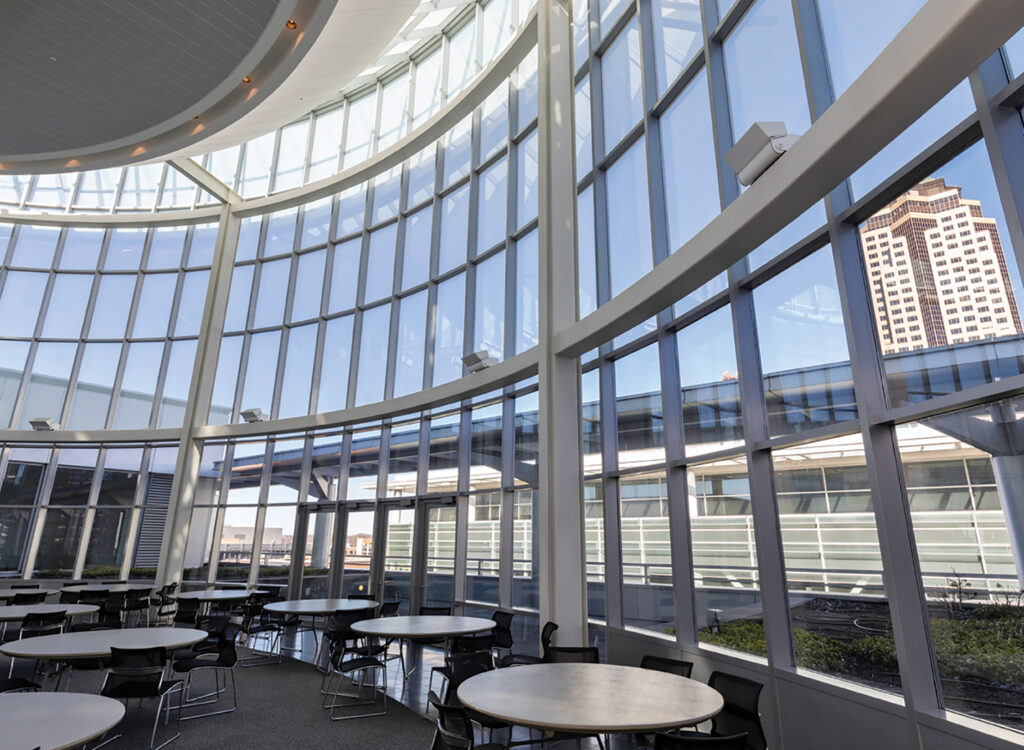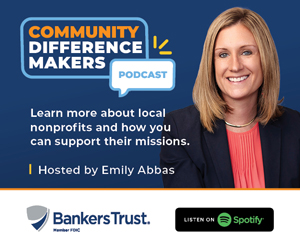On the Record: Cow Town, Sow Town…

CHRIS CONETZKEY Mar 6, 2015 | 12:00 pm
6 min read time
1,533 wordsBusiness Record Insider, On the Record, OpinionCow town, sow town, plow town… double down
“How do you make cows cool?”
Zach Mannheimer leaned over and asked me that during the midst of our Feb. 25 Power Breakfast exploring the Cultivation Corridor and the future of Greater Des Moines.1
The Des Moines Social Club founder’s question came on the heels of a comment from Greater Des Moines Partnership CEO Jay Byers that I think stuck with many in the audience – it did with me.
Byers, from rural Iowa himself, talked about the sentiment that some in Central Iowa have against being identified as an agricultural town.
“There are people who said we don’t want to be known as a sow town, plow town or cow town. …We got this all wrong,” said Byers, while pointing out the key resources Iowa sits on. “There are people that want to run from that; we should run to that.”
To be clear, I don’t think Byers is advocating for national caucus reporters to run to a barren field complete with a 100-year-old barn and a tumbleweed for their next video standup. That being said, Byers and the rest of the panel wasn’t hiding from the realization that if this is going to be our region’s answer to Silicon Valley and North Carolina’s Research Triangle, doubling down on one clear key bond to focus on – ag-bio – is instrumental to its success initially, with ‘initially’ being a key phrase.
“This was the one area that we felt we could get a lot of power working together, and that’s why we had that kind of laser focus,” Byers said.
The natural question that ensues: “But wait, what about Iowa’s other great industries – insurance/finance, manufacturing, etc.?” One of the sentiments I’ve heard a lot when talking with people about the Cultivation Corridor is, “What if I’m not an ag company, why do I care?” I wouldn’t really describe attitudes as dismissive, more or less inquisitive with a bit of angst rooted in a fear that ag-bio might exclude their business or industry and perpetuate an age-old stereotype about the state.
I found Iowa State University President Steve Leath’s insight from his time working in the Research Triangle to be particularly telling.
“I think the mistake that has been made in so many places is people were overly sensitive to being inclusive at the beginning, so the initiative had such a broad feel that it didn’t really make a mark anywhere,” Leath said. “So there is some angst appropriately when you pick a focus, but I do think that if you focus on a strength, over time it will expand into every region and everybody will benefit.”2
Silicon Valley after all, as was pointed out to me by startup scene guru and Gravitate founder Geoff Wood, originally referred to the region’s large number of silicon chip manufacturers, but now encompasses much more than chip producers and is synonymous with high-tech companies.
Nobody is abandoning the other industries either. The existence of nine other “capitals” in the Capital Crossroads plan makes sure of that, Byers said.
I think doubling down on ag-bio makes sense, and I got the impression that many in our audience could see the long-term growth potential for that sphere and then ultimately for the region.
In fact, I offhandedly asked Mannheimer after the event if he and the culture scene were feeling left out, perhaps anticipating that angst. Instead he very much gave a vote of confidence in the effort and talked about how the culture scene could benefit and participate.3
So, how do you make cows cool? Well, if Silicon Valley made computer nerds cool, and North Carolina’s Triangle helped make squares a bit less, well, square, perhaps Des Moines can steal a page from Chick-fil-A and Kultivate a little kewl of its own.
Hi, I’m not an ag business; how can I help?
I thought the best question at the event came courtesy of Terry Rempe, who works for UnityPoint Health subsidiary HealthNet connect|BroadNet. He asked: “You have a room full of people who most of us are not ag companies. What is your vision for getting us engaged to make this all happen and to have full-blown business community participation, other than a marketing slogan?”
The initial response was a defense of going for the narrow focus provided above by Leath, who I’m sure was initially anticipating that the question was rooted in the aforementioned angst about why non-ag companies should care and how they might benefit.
Luckily Rempe jumped back in at the end of Leath’s response and made it clear it wasn’t that he didn’t see the benefits. Rather, what could he and others in the community do to help? For now, Byers said the biggest role to play would be passing along any potential leads on companies and incorporating Cultivation Corridor graphics into company marketing materials.4
But I think the question highlighted the key topic of wider business community participation, and I also think it’s indicative of evident of a strength this region has: the desire to help through collaboration. Leath identified collaboration between businesses as a key component that other efforts like this have missed.
If we know one of the strengths of the immediate Greater Des Moines business community – stress on immediate – is collaboration, we wondered whether efforts to more closely knit an ag-bio company in Marshalltown to an insurance company in downtown Des Moines will happen organically, or are there things that can, should or perhaps are already being done to accelerate that process?
From our own perspective, we changed the flag on the front of the Business Record about seven months ago to read “The business journal serving Central Iowa’s Cultivation Corridor.”5 But we’ve also wrestled internally with what that means for the physical “region” we cover, and that dates back at least four years as efforts began on Capital Crossroads. Do you want to read stories about businesses in Marshalltown? Do you care about a business leader in Newton? We’ve heard a range of responses on that question from some of our readers, but, from my vantage point, one role we play is to help connect the business community. And I think, that as the political and economic boundaries expand to include communities in the 50- to 60-mile radius around Des Moines6, we have an obligation to help foster that collaboration.
It was made very clear that this effort is a long-term strategy7 – the Research Triangle is 50 years old. But Leath also expressed confidence that the slope of the progression for Iowa could be much faster because of the expectation within our community for collaboration.
Our goal wasn’t necessarily to solve this, rather highlight it and spur discussion. But I think the question of how to foster collaboration even between businesses non-ag and ag and give opportunities for non-ag businesses to help with the Cultivation Corridor is one that likely needs attention as the effort matures.
1 For a video talking about the history and formation of the effort from the event, go here: http://bit.ly/1DGiINS. For an Insider story by Perry Beeman from last December exploring next steps and plans, go here: http://bit.ly/17OiCec.
2 In fact, I think the lack of sensitivity is probably what helped the fledgling Cedar Rapids-Iowa City corridor when it originally branded itself about a decade ago around technology. Cedar Rapids Metro Economic Alliance President and CEO Dee Baird said they came up with the brand with just a few key leaders and no marketing firm. They faced backlash as a result, and later rebranded as the Creative Corridor, but the tech/entrepreneurial emphasis remains. I think the initial focus might have given the region a head start in defining itself. Byers readily admits Central Iowa is trailing many years behind the efforts of the Creative Corridor, and he and others have been learning from efforts in that region.
3 While searching for the date we changed the Business Record tagline, I came across a cover story from May 2014 on the Social Club oddly enough titled, “Cultivating Culture.” A fun quote from Mannheimer in that piece: “That’s the philosophy behind what we do – how do you get two people who wouldn’t normally socialize together in the same room at the same time?”
4 Info on marketing materials are at www.cultivationcorridor.org/resources. Or, pass along leads to Executive Director Brent Willett via email at bwillett@cultivationcorridor.org.
5 Our flag used to read “Central Iowa’s independent locally owned business weekly.” No worries, though. We’re still independent and locally owned, but we do way more than produce a print product once a week.
6 Byers used this as the physical boundary when asked about where the Partnership’s boundaries expand to. It has recently added Pella, and he said they have fielded questions from other communities, naming Poweshiek County as an example.
7 Panelist and effort co-chair Steve Zumbach: “My wife and I moved to this town 40 years ago, in 1975, and the leaders of this community at that time were talking about revitalization of downtown. It took almost three decades for that to start bearing fruit. Good ideas, long-term thinking, great strategies take time.”

